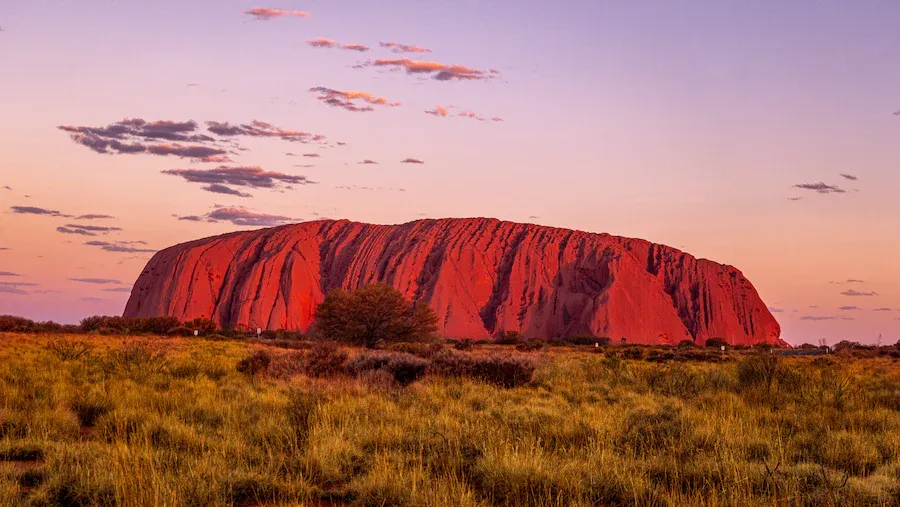What is a World Heritage site?

World Heritage sites are any places with various cultural or natural areas or objects located throughout the world that have been designated as having “outstanding universal value.” Because of their value, they have been placed on the United Nations Educational, Scientific and Cultural Organization (UNESCO) World Heritage List to be preserved and protected. World Heritage sites can be cultural, natural or a mixed site.
There are currently 1157 World Heritage sites around the world and 20 of them are in Australia including
- Great Barrier Reef, QLD
- Kakadu National Park, NT
- Willandra Lakes Region, NSW
- Lord Howe Island Group, NSW
- Tasmanian Wilderness, TAS
- Gondwana Rainforests of Australia, NSW / QLD
- Uluru-Kata Tjuta National Park, NT
- Wet Tropics of Queensland, QLD
- Shark Bay, Western Australia
- K'gari (Fraser Island), QLD
- Australian Fossil Mammal Sites (Riversleigh / Naracoorte) QLD, SA
- Heard and McDonald Islands, Southern Ocean
- Macquarie Island, SW Pacific Ocean
- Greater Blue Mountains Area, NSW
- Purnululu National Park, WA
- Royal Exhibition Buidling and Carlton Gardens, VIC
- Sydney Opera House, NSW
- Australian Convict Sites, various locations
- Ningaloo Coast, WA
- Budj Bim Cultural Landscape, South Eastern Australia
A lot of these sites are popular tourist destinations. It is our responsibility when visiting these sites, to look after them, to respect their culture and tradition and to leave these areas exactly as we found them.
It will be interesting to see if other significant sites in Australia get added to the World Heritage list in the near future.
